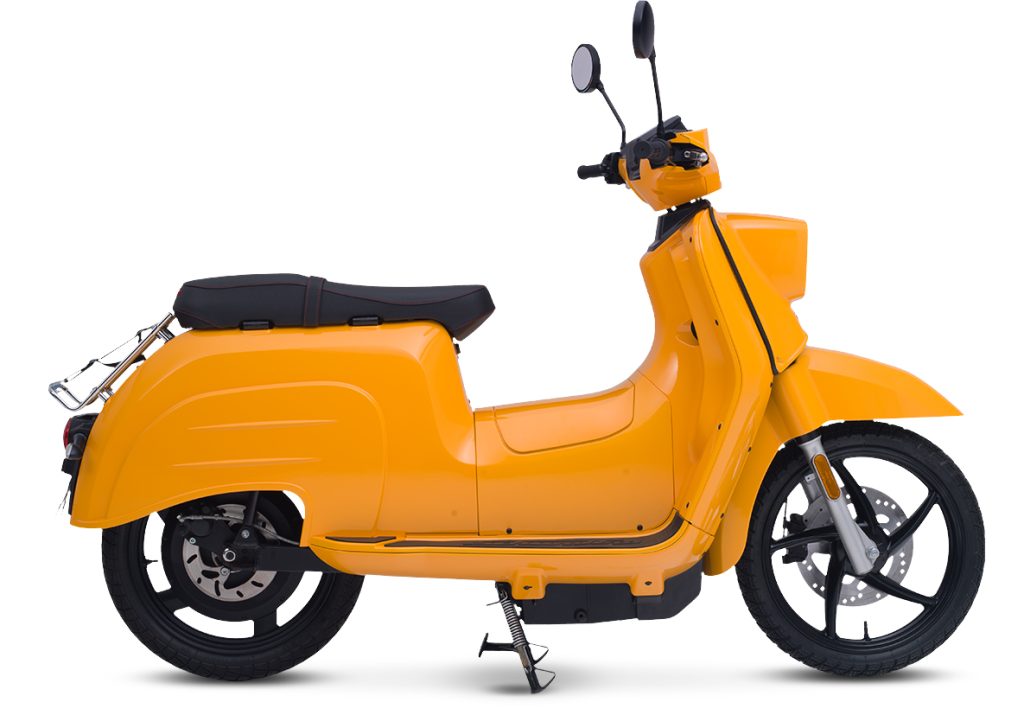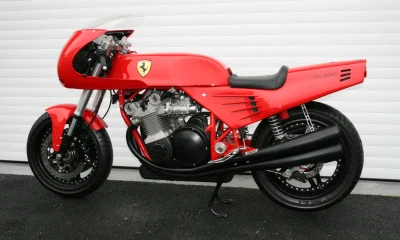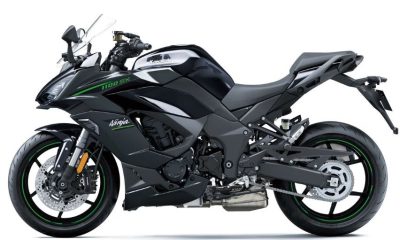Govecs’ bankruptcy marks the end of the e-Schwalbe, a modern electric revival of the iconic Simson scooter. High pricing, limited practicality and strong competition led to its downfall, raising concerns for existing owners and offering lessons for Europe’s electric mobility market.

Subscribe to our Instagram Channel for instant news & updates!
What was once hailed as the electric comeback of an East German icon has come to an abrupt stop. Govecs, the Munich-based manufacturer behind the modernised e-Schwalbe, filed for insolvency on November 24, 2025, quietly closing the chapter on a project that carried high hopes but never managed to gain real momentum.
The e-Schwalbe was positioned as a premium reinterpretation of the beloved Simson Schwalbe, a scooter many consider a cultural emblem of the former GDR. Despite strong branding, modern engineering, and a loyal, nostalgic audience, the electric reboot struggled to survive in a market where price, practicality, and convenience often take precedence over sentiment.
A Big Vision Collides With Hard Economics
When Govecs unveiled the e-Schwalbe in 2017, the company envisioned a stylish, high-quality electric scooter that blended vintage charm with modern performance. Production was set up in Wrocław, Poland, an intentional move to maintain build quality but one that also came with significant manufacturing and logistical costs.
Even with an extensive distribution presence through partners like the König dealership network, the scooter simply didn’t resonate with the mass market. Its premium pricing was a major barrier: depending on the configuration, the e-Schwalbe ranged from €5,400 to over €8,000, placing it firmly in territory dominated by far more affordable players.
Meanwhile, competitors like NIU offered similar real-world performance at less than half the price. For urban commuters choosing between nostalgia and practicality, the decision was easy and not in Govecs’ favour.
A Beautiful Scooter That Missed the Mark
The e-Schwalbe charmed enthusiasts with its retro silhouette, but the charm didn’t address the everyday demands of city riders. The scooter carried the limitations of its classic design:
- its wide central tunnel reduced step-through convenience,
- it weighed up to 135 kg, much heavier than typical electric city scooters,
- and storage space was minimal.
In a market that increasingly values light weight, affordability, and utility above all else, the e-Schwalbe’s retro-inspired design turned into a liability rather than an advantage.
Govecs had built a premium product for a niche audience, but priced it for a mainstream one. The gap between intention and reality widened until it became unsustainable.
Meanwhile, Another Vision Thrives: Electric Conversions
Interestingly, the appetite for an electric Schwalbe hasn’t faded; just the approach has changed. Berlin startup Second Ride found success by offering electric conversion kits for original Simson Schwalbes. Instead of reinventing the scooter, they electrify the classic itself.
Conversion kits start at €2,690, keeping costs accessible for owners who already possess a Schwalbe. Fully restored and electric-ready models are also available from around €6,990.
The appeal is clear: riders preserve the authentic look, classic riding feel, and the legal ability to hit 60 km/h, something Govecs’ modern interpretation couldn’t replicate. Where the e-Schwalbe tried to be premium and modern, Second Ride embraced authenticity and flexibility.
A Quiet Ending, and Uncertain Future for Owners
Govecs’ insolvency leaves current e-Schwalbe owners in a difficult position. Spare parts, servicing, and long-term technical support now face uncertainty. For a vehicle marketed as a premium, reliable solution, that’s a troubling outcome.
Beyond the immediate concerns, the collapse of the e-Schwalbe highlights a deeper challenge facing European electric mobility: balancing heritage, innovation, and financial viability. Manufacturing in Europe remains expensive, and premium nostalgia can’t always compete with efficient, low-cost global rivals.
The fall of the e-Schwalbe is more than a business failure; it’s a reminder that not every icon can be reborn for the modern market. Some legacies thrive because they stay true to their roots, while others struggle when nostalgia meets the uncompromising economics of contemporary mobility.































Facebook
Instagram
X (Twitter)
YouTube
LinkedIn
RSS